Rural Programs Offer One Health Clinic for People and Pets
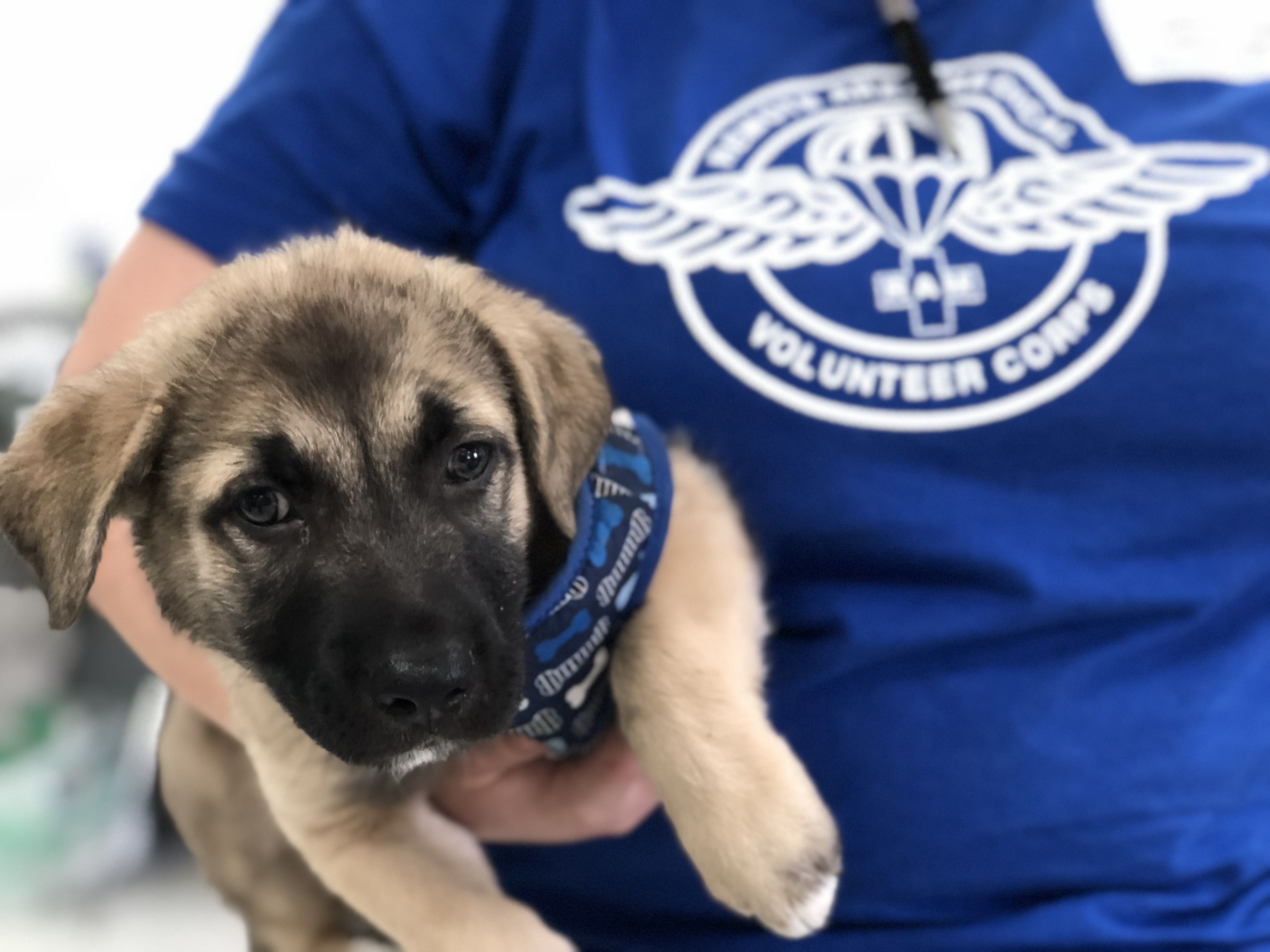 This summer I was given an opportunity to give back to the community through Lincoln Memorial University- College of Veterinary Medicine. I participated in a veterinary clinic put on by Remote Area Medical (RAM) with help from RedRover. This clinic was able to provide free services to dogs and cats while their owners were treated through the human clinic. Services include free spay/neuter, rabies vaccine, core vaccinations for the area, and microchipping for the first 38 participants. This summer I was given an opportunity to give back to the community through Lincoln Memorial University- College of Veterinary Medicine. I participated in a veterinary clinic put on by Remote Area Medical (RAM) with help from RedRover. This clinic was able to provide free services to dogs and cats while their owners were treated through the human clinic. Services include free spay/neuter, rabies vaccine, core vaccinations for the area, and microchipping for the first 38 participants.
Remote Area Medical (RAM) is a program that was developed in 1985 to bring medical and dental care to people that live in areas that are underserved or isolated from care. This includes parts of Africa, South America and North America. Everything about the clinics is run by volunteers and donations. The doctors and nurses who work at these clinics are volunteers from around the area. All supplies and equipment are either donated, purchased with money from donations or borrowed. Some of the anesthesia machines for the vet clinic were borrowed from the vet school. Originally the clinic was just for people, but over time it has expanded to include pets.
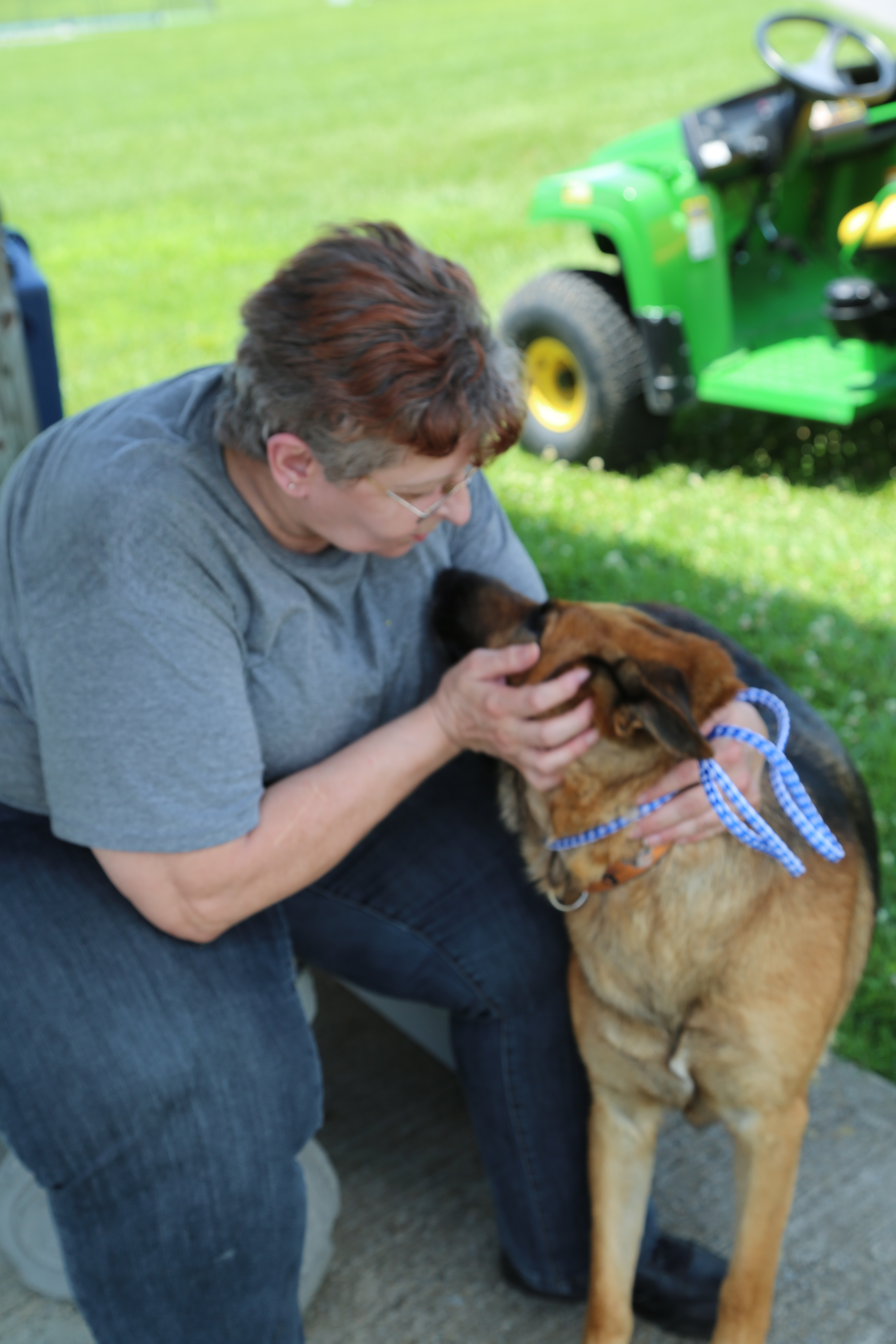 A typical clinic starts out with a set up day. Volunteers come in and set up various medical equipment, chairs and supplies. Around midnight, people start arriving at the clinic, and tickets are passed out around 3 am. The pets are collected around 5 am and are brought to the veterinary area. At 6 am, they begin to call numbers and start registering people so they can receive care. Human services offered include medical check-ups with some specialties onsite to provide more in-depth care, dental, and vision. If someone needs glasses, volunteers will have patients pick out frames and go to another area to have the glasses fit. If they need dental work like a filling or dentures, there are dental personnel present that perform these services. A typical clinic starts out with a set up day. Volunteers come in and set up various medical equipment, chairs and supplies. Around midnight, people start arriving at the clinic, and tickets are passed out around 3 am. The pets are collected around 5 am and are brought to the veterinary area. At 6 am, they begin to call numbers and start registering people so they can receive care. Human services offered include medical check-ups with some specialties onsite to provide more in-depth care, dental, and vision. If someone needs glasses, volunteers will have patients pick out frames and go to another area to have the glasses fit. If they need dental work like a filling or dentures, there are dental personnel present that perform these services.
After pets have been collected from their owners and brought to the veterinary clinic, physical exams are performed to determine age, sex and if there are any major medical complications that should be considered before surgery. They then go to a waiting area before they are sedated and brought to surgery. Once they are done with surgery and can be released, they go to a waiting area until their owners can pick them up. In order to be eligible for veterinary care, the owner must receive care from the medical clinic. At the clinic in Harrogate, Tennessee, there was no pet limit per person so some owners brought in two pets while other had six or seven.
Once a clinic is over for the day, workers will either take down the clinic and move out, or set it up for the next day. Clinics can be held for a weekend or they can be held for almost a week depending on the need in the area. All people receiving care are encouraged to get medical treatment and then pick dental or vison care. Pet owners are given a form to fill out when they drop off their pet, and they can choose core vaccines in addition to a rabies vaccination. All pets at the Harrogate RAM clinic had to undergo a spay or neuter in order to be eligible for further care.
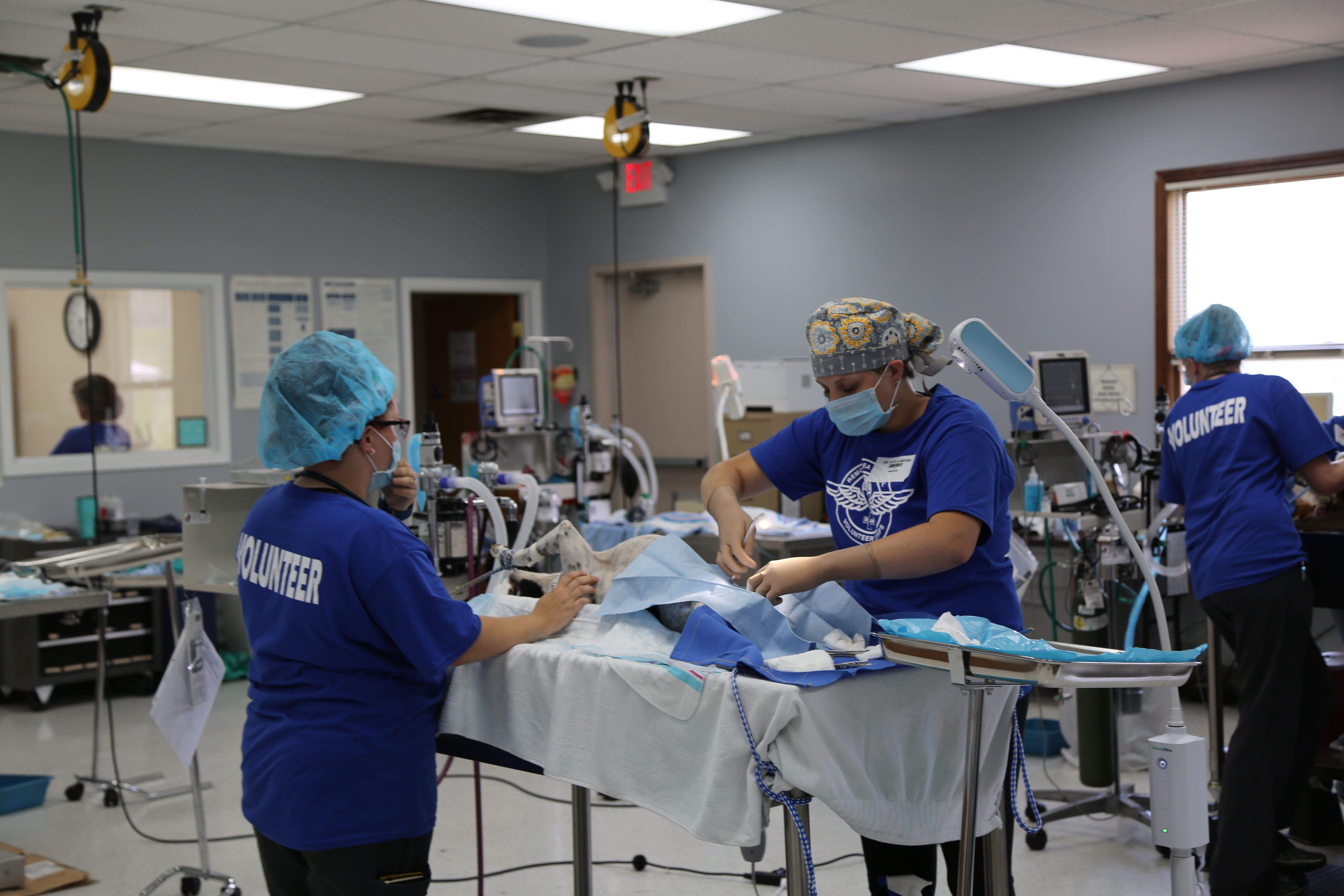 As a rising 3rd year veterinary student, I was educated in some aspects of surgery, but I had not performed surgery or anesthesia so I wasn’t sure how I could help out. I started out my first day in recovery and anesthesia. I was able to assist by holding and restraining dogs, giving injections and monitoring animals until they were able to go into a hold area safely to wait for their owners. This was a very valuable experience in my opinion because I was able to practice skills I am going to use in surgery such as monitoring an animal by taking a heart rate and respiration rate. I was able to practice trimming toe nails while the animal was still sedated and learned how to properly stimulate an animal to wake up. It was also important to take note of how each pet recovered from anesthesia in a different manner. As a rising 3rd year veterinary student, I was educated in some aspects of surgery, but I had not performed surgery or anesthesia so I wasn’t sure how I could help out. I started out my first day in recovery and anesthesia. I was able to assist by holding and restraining dogs, giving injections and monitoring animals until they were able to go into a hold area safely to wait for their owners. This was a very valuable experience in my opinion because I was able to practice skills I am going to use in surgery such as monitoring an animal by taking a heart rate and respiration rate. I was able to practice trimming toe nails while the animal was still sedated and learned how to properly stimulate an animal to wake up. It was also important to take note of how each pet recovered from anesthesia in a different manner.
During my second day volunteering, I was able to assist in the surgery prep room. I helped restrain and monitor pets while they were being prepped for surgery. I was able to learn some tips by watching one of the technicians as she talked me through all the steps and why she did them. I was also able to watch other surgeries besides spays and neuters such as a hernia repair and a different technique that is used when spaying a cat.
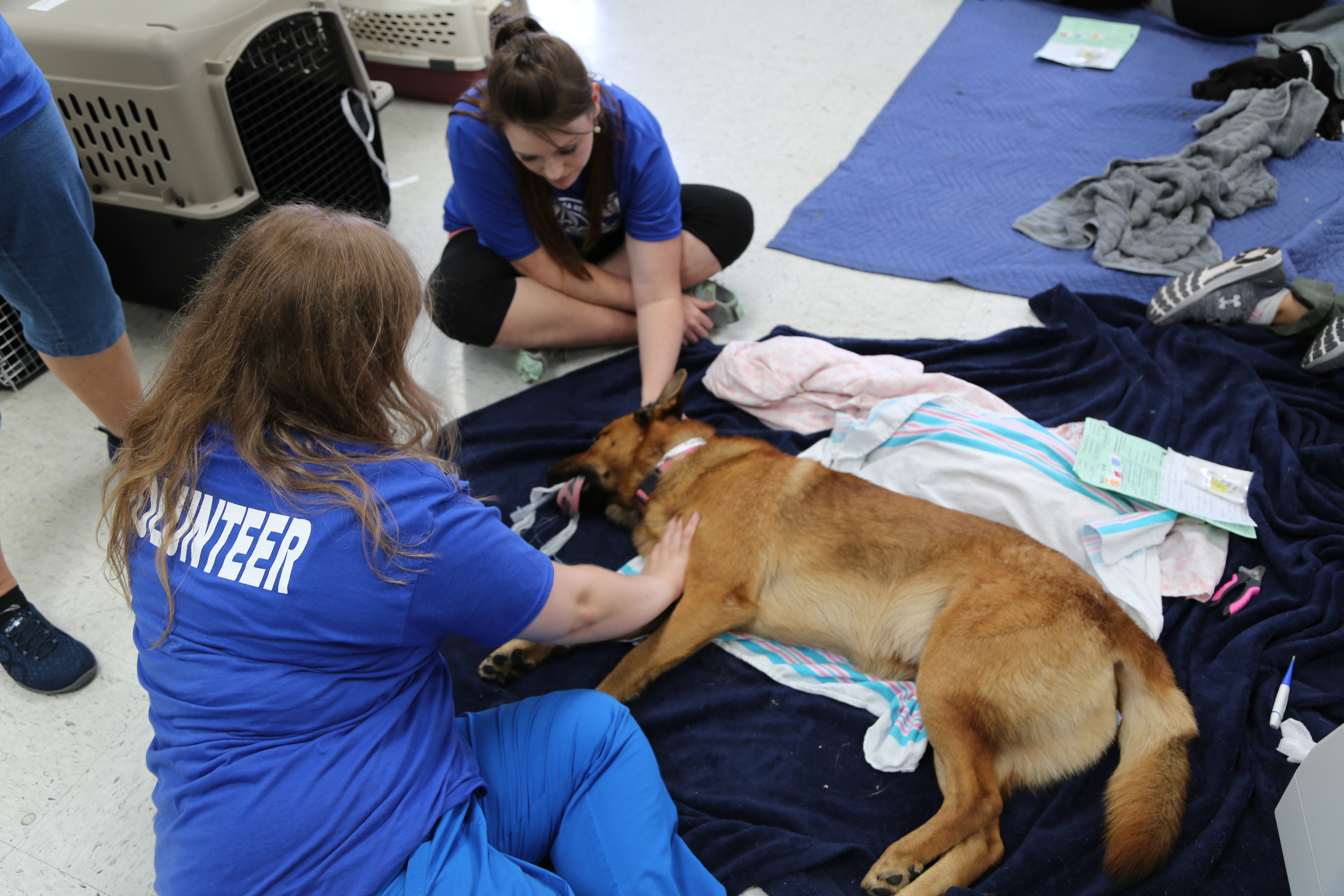 After the end of 2 days, around 100 dogs and cats were spayed and vaccinated. Over 500 people received medical services free of cost. Overall, this experience was rewarding because I was able to give back to the community that supports LMU. I am from rural, upstate New York where I was able to volunteer at free rabies vaccine clinics which helped members of my community. This summer I was able to give back to those that live in the area in which I am learning. Not only did I learn many things, but all 100 pets are now protected against a non-treatable disease. Hopefully, we made an impact on the local animal population by preventing unwanted pregnancies and reducing the burden on local shelters. We were also able to collect fecal samples from some of the pets to help us better understand the parasite population in the area. After the end of 2 days, around 100 dogs and cats were spayed and vaccinated. Over 500 people received medical services free of cost. Overall, this experience was rewarding because I was able to give back to the community that supports LMU. I am from rural, upstate New York where I was able to volunteer at free rabies vaccine clinics which helped members of my community. This summer I was able to give back to those that live in the area in which I am learning. Not only did I learn many things, but all 100 pets are now protected against a non-treatable disease. Hopefully, we made an impact on the local animal population by preventing unwanted pregnancies and reducing the burden on local shelters. We were also able to collect fecal samples from some of the pets to help us better understand the parasite population in the area.
Katelyn Jaqueway is a third-year veterinary student at Lincoln Memorial University College of Veterinary Medicine located in Harrogate, TN. She hopes to advance her studies in equine medicine by obtaining an internship and residency after graduation. Her interests include any and all things equine, disaster and emergency response, helping others and giving back to the community. 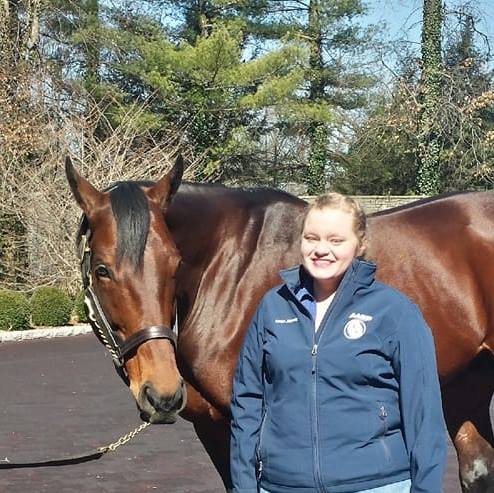
|
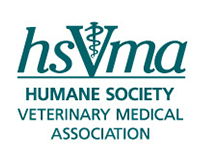
 This summer I was given an opportunity to give back to the community through Lincoln Memorial University- College of Veterinary Medicine. I participated in a veterinary clinic put on by
This summer I was given an opportunity to give back to the community through Lincoln Memorial University- College of Veterinary Medicine. I participated in a veterinary clinic put on by 